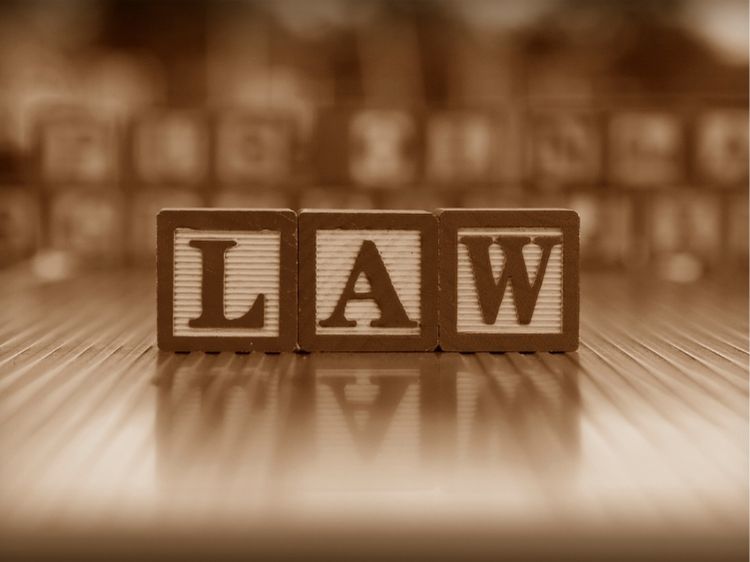Product liability lawsuit settlements play a crucial role in protecting consumers from defective and dangerous products. Whether it’s a faulty car part or a hazardous toy, when products cause harm, individuals have the right to seek compensation. But what exactly are product liability settlements, and how do they work? This article dives deep into the process, explaining everything from types of product liability to the settlement process, and answers some frequently asked questions to help you understand your rights.
What is Product Liability?
Product liability refers to a manufacturer or seller being held responsible for placing a defective product into the hands of a consumer. These claims are based on the concept that products should meet the ordinary expectations of the consumer. When a product has an unexpected defect or danger, the manufacturer or seller can be held liable for any injuries that result.
Types of Product Liability
There are three main types of product liability claims:
- Design Defects
These occur when the product’s design is inherently dangerous or flawed. Even if the product is manufactured perfectly, its design still makes it unsafe. For instance, a vehicle that tends to roll over due to a high center of gravity would be an example of a design defect. - Manufacturing Defects
Manufacturing defects happen when something goes wrong during the production process, causing the product to deviate from its intended design. Examples include contaminated food products or a batch of tires with weak spots that make them prone to blowouts. - Marketing Defects
These claims arise when a product lacks proper instructions or warnings about its potential risks. If a pharmaceutical company fails to warn consumers about a drug’s dangerous side effects, this could be considered a marketing defect.
How Does a Product Liability Lawsuit Work?
If you’ve been injured due to a defective product, filing a lawsuit might be your best option. But how does the process work?
Step 1: Gathering Evidence
The first step in any product liability lawsuit is gathering evidence. This can include medical records, the defective product itself, and any documentation showing how the product caused harm. Expert witnesses, such as engineers or medical professionals, are often called in to testify.
Step 2: Filing a Lawsuit
Once you have sufficient evidence, your lawyer will file a complaint with the court. This document outlines your legal claims, the evidence supporting those claims, and the compensation you seek.
Step 3: Discovery Phase
During the discovery phase, both sides exchange information and gather further evidence. This might involve depositions, where witnesses are questioned under oath, or the sharing of documents related to the product’s design and manufacturing process.
Step 4: Settlement Negotiations
Many product liability cases never make it to trial. Instead, they are settled out of court. Settlement negotiations can begin at any time during the lawsuit process, and they often occur during the discovery phase.
Settlements allow both parties to avoid the unpredictability of a trial. The injured party receives compensation, while the defendant avoids the risk of a large jury verdict. Settlement amounts can vary significantly depending on the severity of the injury, the degree of fault, and the financial standing of the company.
Factors That Influence Settlement Amounts
So, how are settlement amounts determined? Several factors come into play:
- Severity of Injuries: The more severe the injury, the higher the settlement amount is likely to be. Serious injuries that require long-term medical treatment or result in disability can lead to significant compensation.
- Economic Damages: This includes medical expenses, lost wages, and any future loss of earnings. The more financially burdensome the injury, the higher the settlement.
- Non-Economic Damages: Pain and suffering, emotional distress, and loss of companionship also factor into the settlement amount. These damages are more subjective but can lead to a substantial increase in compensation.
- Company’s Financial Status: A small company may settle for a lower amount compared to a large corporation with deeper pockets. Defendants with more financial resources might agree to a higher settlement to avoid a public trial.
Common Product Liability Lawsuits
You might be surprised at how often product liability lawsuits occur. Below are some common examples:
- Pharmaceutical Products: Defective or improperly labeled drugs often lead to significant settlements. For example, lawsuits against the makers of opioids have led to billions in settlements.
- Automotive Parts: Faulty airbags, brakes, and other car components have led to numerous lawsuits. The Takata airbag recall, for instance, resulted in substantial settlements after airbags were found to explode upon deployment.
- Household Products: Items such as defective electronics, kitchen appliances, or even baby products have been the subject of lawsuits. If these products pose an injury risk, manufacturers can be held liable.
Real-Life Examples of Product Liability Settlements
To provide some context, here are a few well-known examples of product liability settlements:
- Takata Airbags: The Takata Corporation agreed to a settlement of more than $1 billion after their defective airbags were linked to multiple deaths and injuries worldwide.
- Johnson & Johnson Baby Powder: The company was ordered to pay billions in various lawsuits after their talcum powder was alleged to cause cancer.
- General Motors Ignition Switch Recall: GM settled for over $120 million after it was discovered that faulty ignition switches in their vehicles led to accidents and fatalities.
Frequently Asked Questions (FAQs)
- How long does a product liability lawsuit take?
The length of a product liability lawsuit can vary. Some cases settle within months, while others can take years, especially if they go to trial. - What do I need to prove in a product liability case?
To win a product liability case, you need to prove that the product was defective, the defect caused your injury, and that you were using the product as intended. - Do all product liability cases result in settlements?
No, while many cases settle, some go to trial if a settlement cannot be reached. However, settlements are common because they allow both parties to avoid the uncertainty of a jury verdict. - Can I sue for a minor injury?
Yes, but the compensation may be lower. The severity of the injury often impacts the settlement amount, so minor injuries might not result in significant compensation.
Conclusion
Product liability lawsuit settlements are essential for holding manufacturers accountable and ensuring consumer safety. If you’ve been injured due to a defective product, understanding the process can help you navigate your options. With the right legal support and a clear understanding of your rights, you can seek compensation and ensure justice is served.
If you’re considering a product liability claim, consult an attorney who specializes in these cases. They can guide you through the process and increase your chances of a favorable settlement.
Authoritative Links:
- https://www.consumerreports.org
- https://www.cpsc.gov
- https://www.nolo.com/legal-encyclopedia




